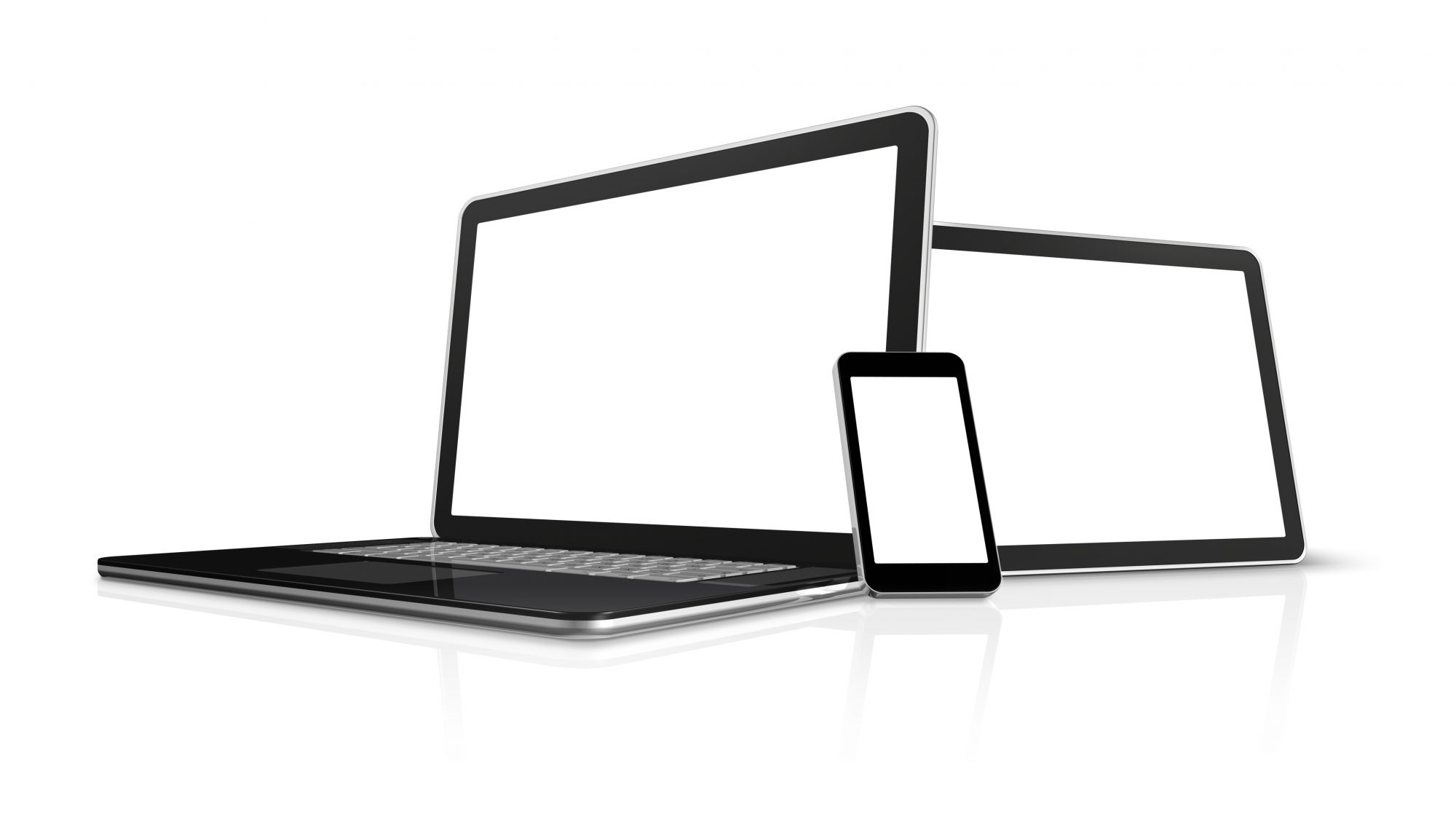Continued demand in the U.S. and the back to school shopping season contributed to 11.5 per cent year over year growth in worldwide tablet shipments in the third quarter, according to new research from IDC Corp.
According to IDC’s Worldwide Quarterly Tablet tracker, some 53.8 million tablets were shipped in Q3, an increase of 11.5 per cent over the same quarter a year ago and growth of 11.2 per cent from Q2. Both back to school promotions and demand in the U.S. for connected tablets were cited by IDC as key factors driving the growth in shipments.
“Not only is the U.S. market one of the largest for tablets, but third quarter results also indicate that this is where the growth is,” said Jean Philippe Bouchard, IDC research director for tablets, in a statement. “We saw Verizon continuing to sell connected tablets at a fast pace, a strategy that we believe other carriers will replicate in following quarters. We also saw RCA enter the top five, impacting the entire U.S. market and worldwide ranking with one large deal linked to back-to-school and channel fill ahead of Black Friday. Those two elements resulted in the U.S. tablet market growing at 18.5 per cent year-over-year compared to the worldwide market growing at 11.5 per cent annually.”
When shipments are evaluated by vendor, Apple remained on top with 12.3 million units shipped and 22.8 per cent of the market, although it did register a 12.8 per cent year over year decline in shipments as consumers waited for its since released next generation of iPad tablets.
In second spot was Samsung which shipped 9.9 million units, up 5.6 per cent from the year ago and good enough for 18.3 per cent of the market. IDC noted Samsung has been putting more focus on the North American and Middle East and African markets where it faces less competition from low-cost Asian tablet vendors.
Rounding out the top five were Asus, Lenovo and RCA, with 6.5 per cent, 5.7 per cent and 4.9 per cent of shipments respectively. Other vendors still account for a significant 41.8 per cent of shipments.
“Although the low-cost vendors are moving a lot of volume, the top vendors, like Apple, continue to rake in the dollars,” said Jitesh Ubrani, senior research analyst for IDC’s Worldwide Quarterly Tablet Tracker, in a statement. “A sub-$100 tablet simply isn’t sustainable—Apple knows this—and it’s likely the reason they aren’t concerned with market share erosion.”





